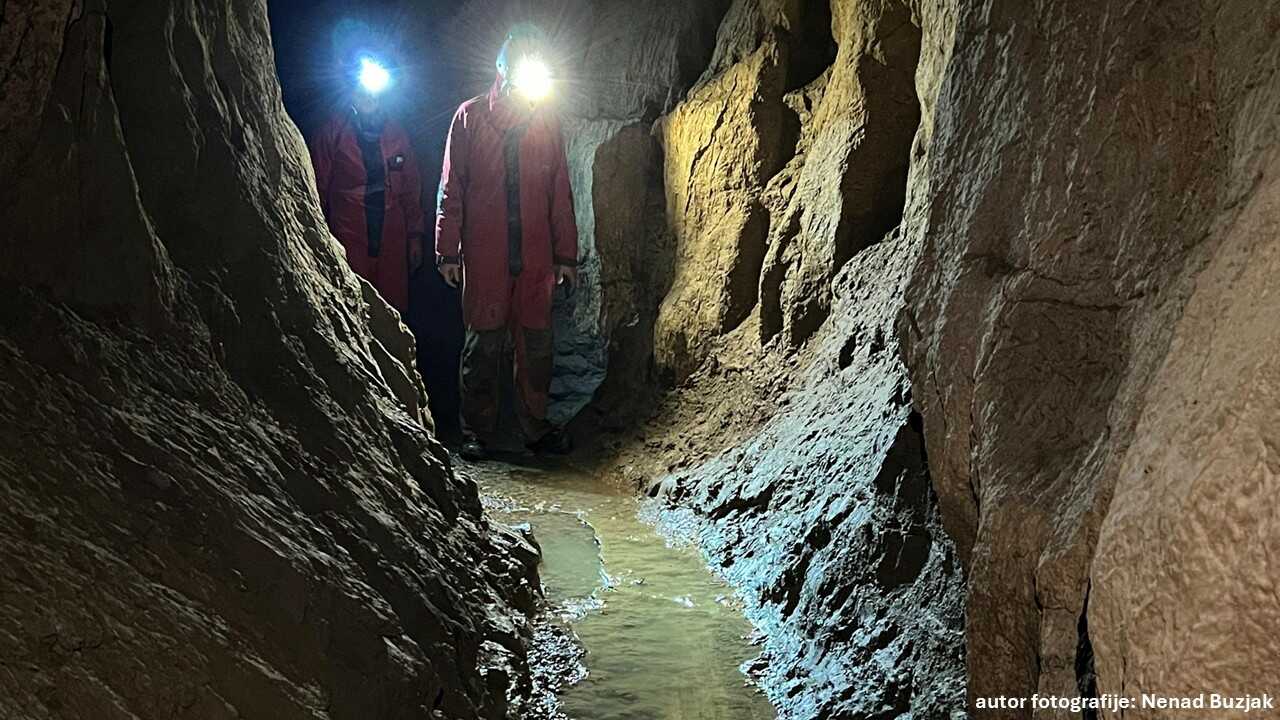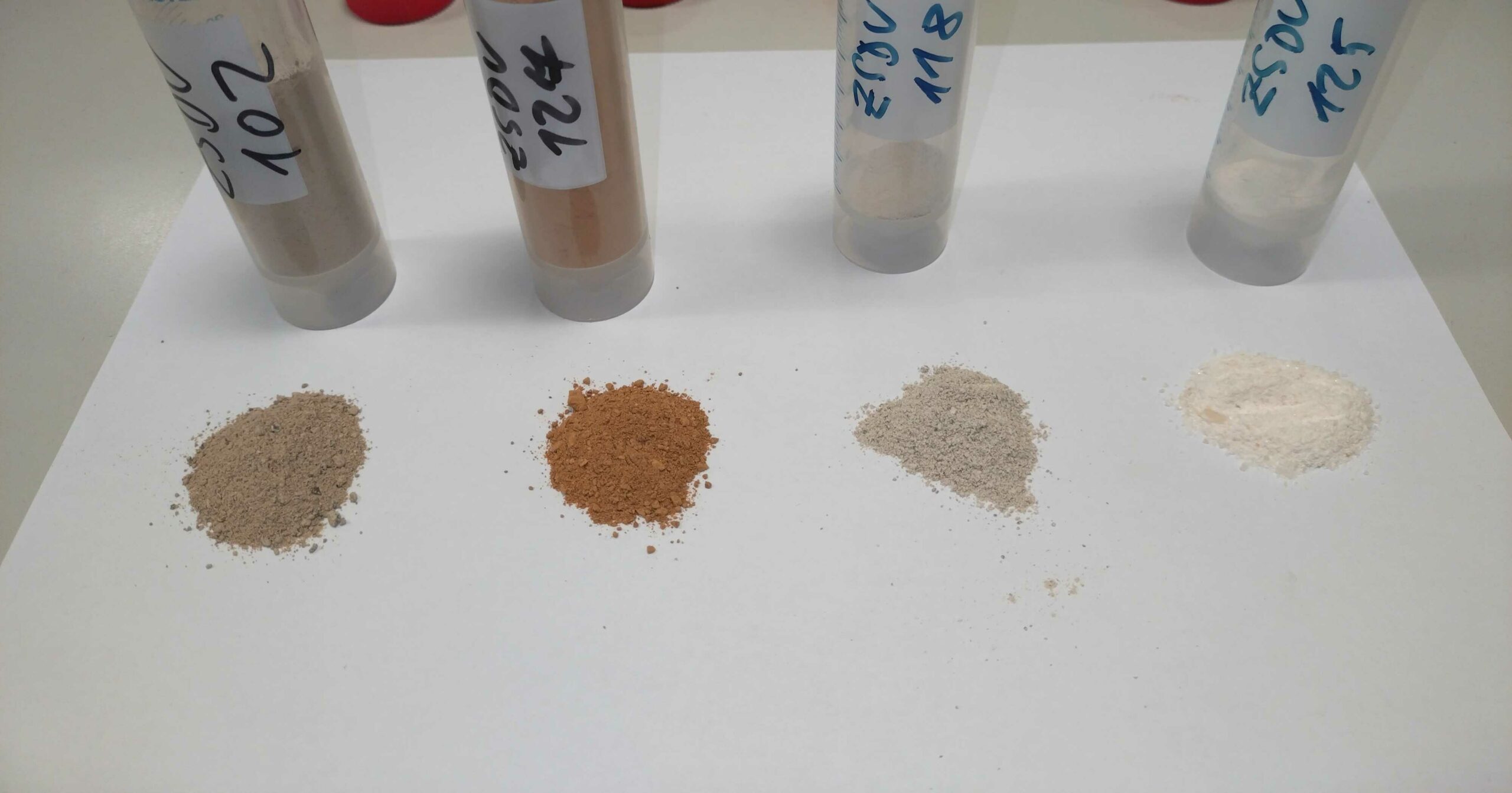The Institute’s contribution to understanding the geochemistry of cave systems


The cooperation of our Institute with the Department of Physics and Geography at the Faculty of Science and the Ruđer Bošković Institute has led to important research results and a publication entitled “New insight into geochemistry and mineralogy of deep caves in Croatian karst and its implications for environmental impacts”,” which was recently published in the journal Water.
As part of the research, samples of stalactites, sediments, rocks and water from the deep karst of the Slovak Cave and the Velebit Cave System were analysed. The Slovak Cave with a depth of 1,320 metres and the Velebit Cave System with a depth of 1,026 metres are located within the protected North Velebit National Park near the village of Krasno. The research followed on from previous studies carried out in 32 caves across Croatia, which found significant geochemical variations in the deep caves of North Velebit.
Since karst and its aquifers are sensitive to contamination, the study of karst systems is important not only for understanding past environmental changes, but also for the management of water resources. The aim of this research was therefore to investigate the geochemical and mineralogical diversity of deep karst caves and to assess their impact on the reconstruction of palaeoenvironments and potential contamination pathways. Geochemical and statistical methods were used to analyse the distribution and transfer of elements within the cave systems.
The observed variations in the distribution of elements in stalactites and sediments indicate that the caves are mainly influenced by natural geochemical processes, but possibly also by human activities. Conversely, the low concentrations of ammonia, nitrates, nitrites, orthophosphates, total nitrogen and phosphorus and total organic carbon in the water samples indicate that the Slovak Cave is not significantly polluted. Since the pH and the oxidation and reduction processes in the environment influence the solubility and transfer of elements, the relatively low concentrations of elements in the water samples indicate oxidative conditions under which elements precipitate in stalactites and sediments.
This research has certainly improved the understanding of geochemical processes in deep caves, especially as such data on karst systems are quite scarce worldwide. Since isotope analyses can determine the source of elements — whether they are of natural or anthropogenic origin — future research should focus on analysing stable isotopes of heavy metals, especially lead.

